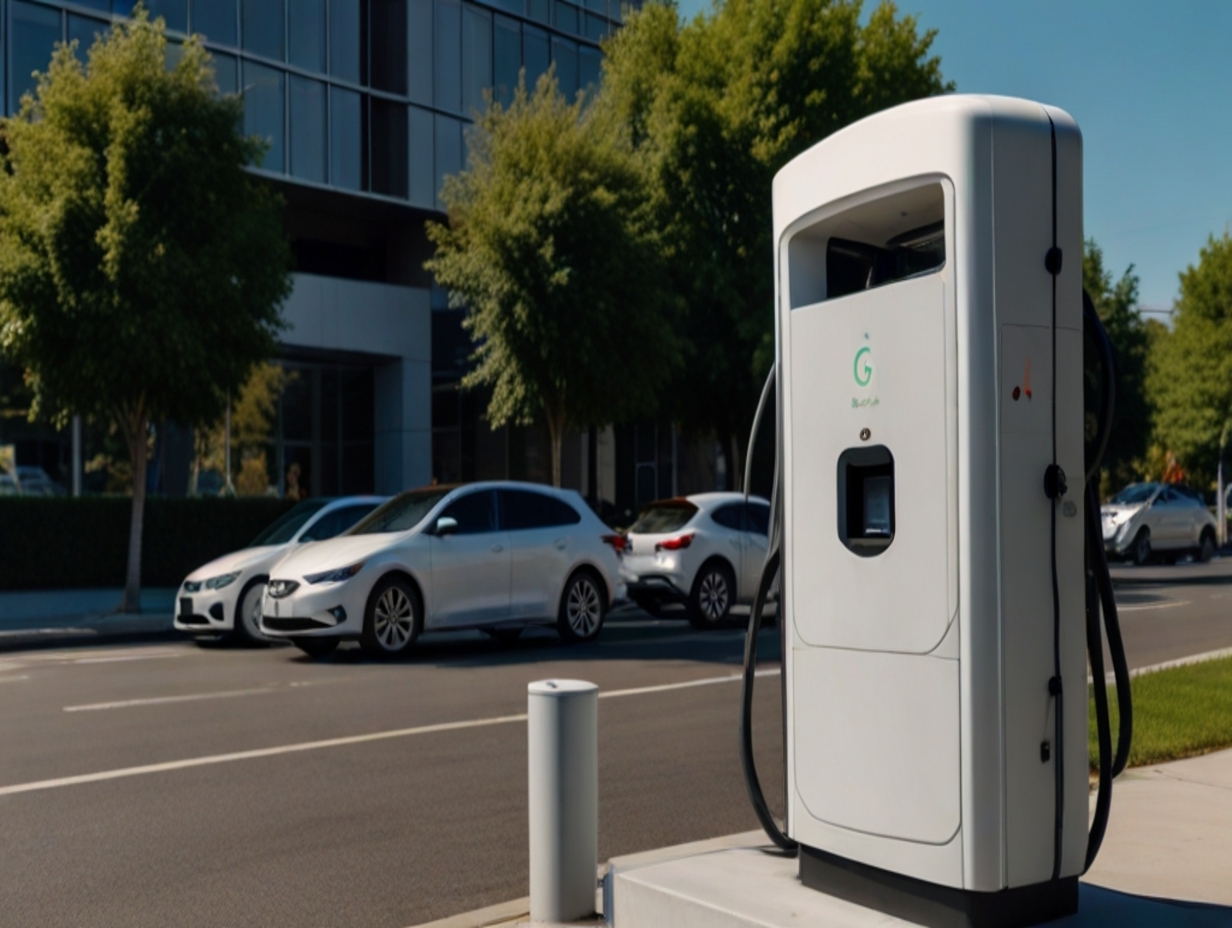Google Maps is introducing innovative options that will automate the charging process for electric vehicle (EV) drivers. The mapping software will make finding and using charging points as smooth as possible through the use of artificial intelligence.
AI-powered charging station navigation
An important feature is the implementation of instant summaries of charging stations. Google Maps will exploit AI to collect and process user feedback, which always contains data that is relevant and updated regarding every charging point. These summaries would encompass practical tricks, like wait times, connector types, and even step-by-step approaches to locating those tricky or hidden parking places.
For instance, a summary may read: “Go through the underground parking lot and head for the exit while following the signs. Just before leaving, turn right.” This amount of detailed instructions will be very useful for EV owners as they don’t have to guess the process or waste time while finding and using charging stations.
Multi-stop trip planning optimization
Another revolutionary aspect is advanced trip planning facilities personalized for electric vehicles. Google Maps will account for the vehicle’s battery level, charger spots and charging speeds to optimize multi-stop journeys.
This software will determine the best charging stations to visit by considering the factors on its route, thus enabling electric vehicle drivers to get to their destinations without running out of charge. It will be accessible worldwide for vehicles that are sporting Google’s native utilities, including the new Volvo and Polestar models.
Seamless integration and accessibility
However, the first implementation of this AI-powered technology will target vehicles with Google services built-in such as the Volvo EX40 (formerly XC40 Recharge), and in time, will reach a more extensive base of users.
EV owners who use Google Maps on the Android Auto and Apple CarPlay platforms will also have access to the same advanced capabilities thus ensuring all vehicles fully benefit from the AI-driven navigation regardless of their brand.
A collaborative ecosystem
The effectiveness of these AI-infused functions, to a great extent, is determined by the contribution of the EV community. By soliciting comments and reviews from users when it comes to charging stations, Google Maps can always keep its AI algorithms fresh and so ensure that the information stays relevant and accurate.
This collaborative approach not only benefits individual EV owners but also contributes to the broader adoption of electric vehicles by addressing one of the most significant barriers: range anxiety and charging network accessibility.
Creating a path towards a sustainable future.
Google Maps’ implementation of artificial intelligence in its technology on charging station navigation highlights a critical step towards a more sustainable tomorrow. This program can do away with most of the objections related to range anxiety and charging station installation thereby increasing the percentage of adoption of electric vehicles and consequently, we will all have a small carbon footprint and a cleaner earth.
While the world is in a steady transformation towards sustainable means of transportation, these kinds of projects reflect the lead role of technology and innovation in such matters. Through AI, Google Maps aims to revolutionize the EV owner user experience and become a pathway to a more environmentally conscious future for generations to come.





